This story was updated March 1, 2025, to remove the names of the reporter’s family members to protect them from possible deportation and it was updated again, Aug. 27, to unpublish the text and photos. The University Times’ article removal policy is below. Generally, unpublishing stories is not allowed but an exception was made due to safety concerns for the author’s family members in light of ICE raids.
“As a rule, the UT does not remove articles from its print edition, social media platforms or website. A core journalistic principle is that history cannot and should never be rewritten, covered up, nor amended. Under some specific circumstances, a statement may be added to the bottom of a story or page indicating that the views expressed no longer coincide with the author’s current perspective, but that news publication policy prohibits removal of the article. Former contributors can request up to three such notes and must make any such requests within five years of the original publication date in order to be considered.”

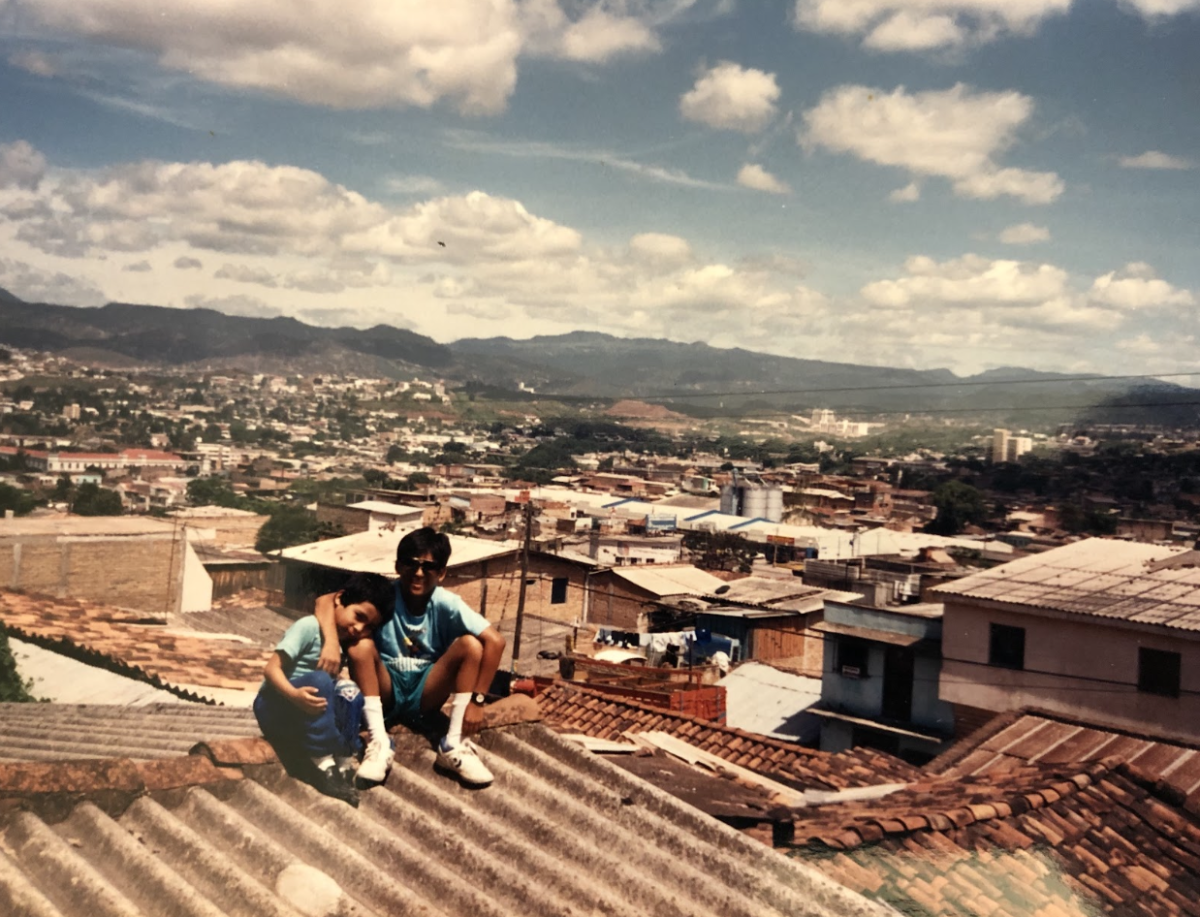
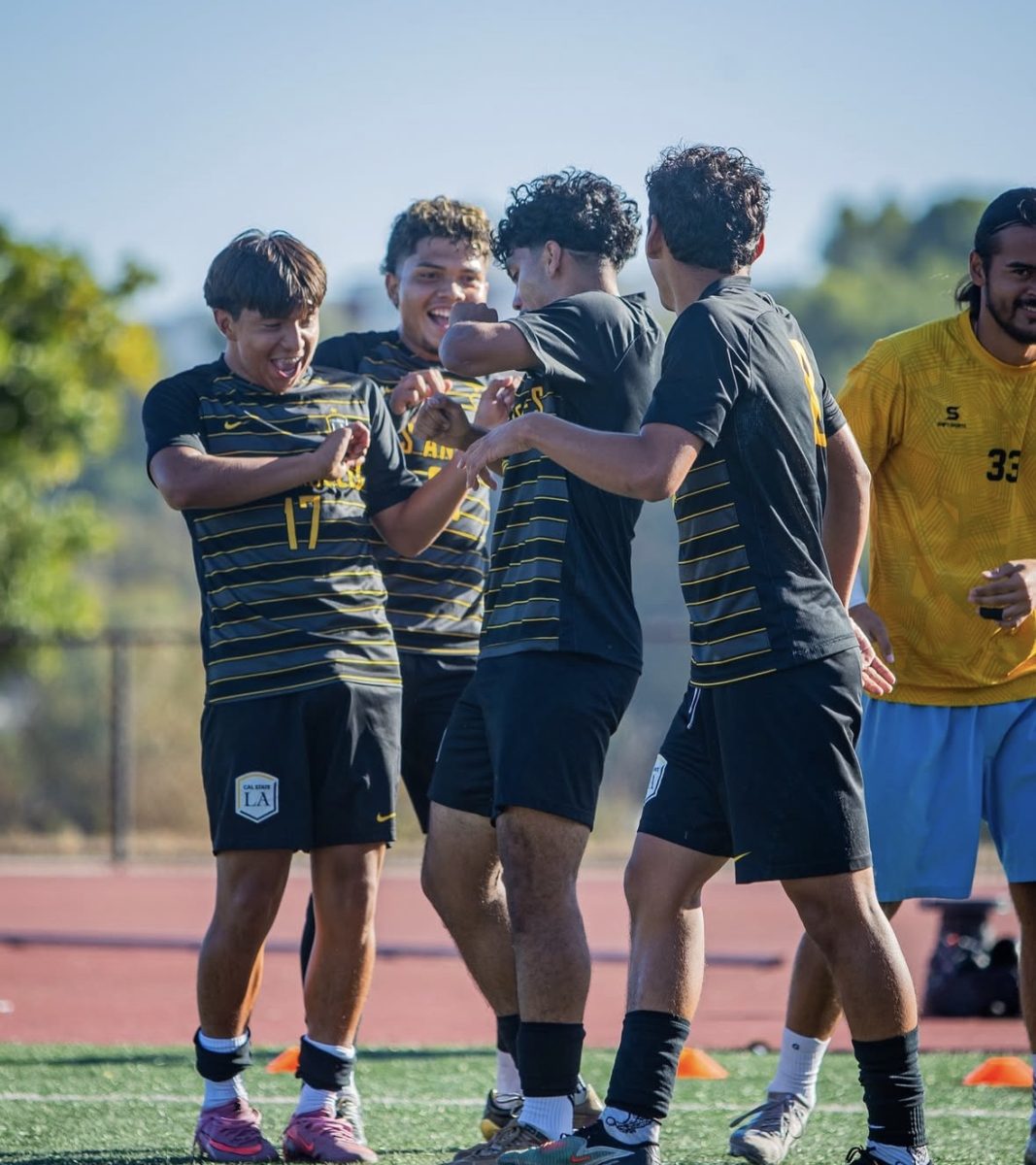
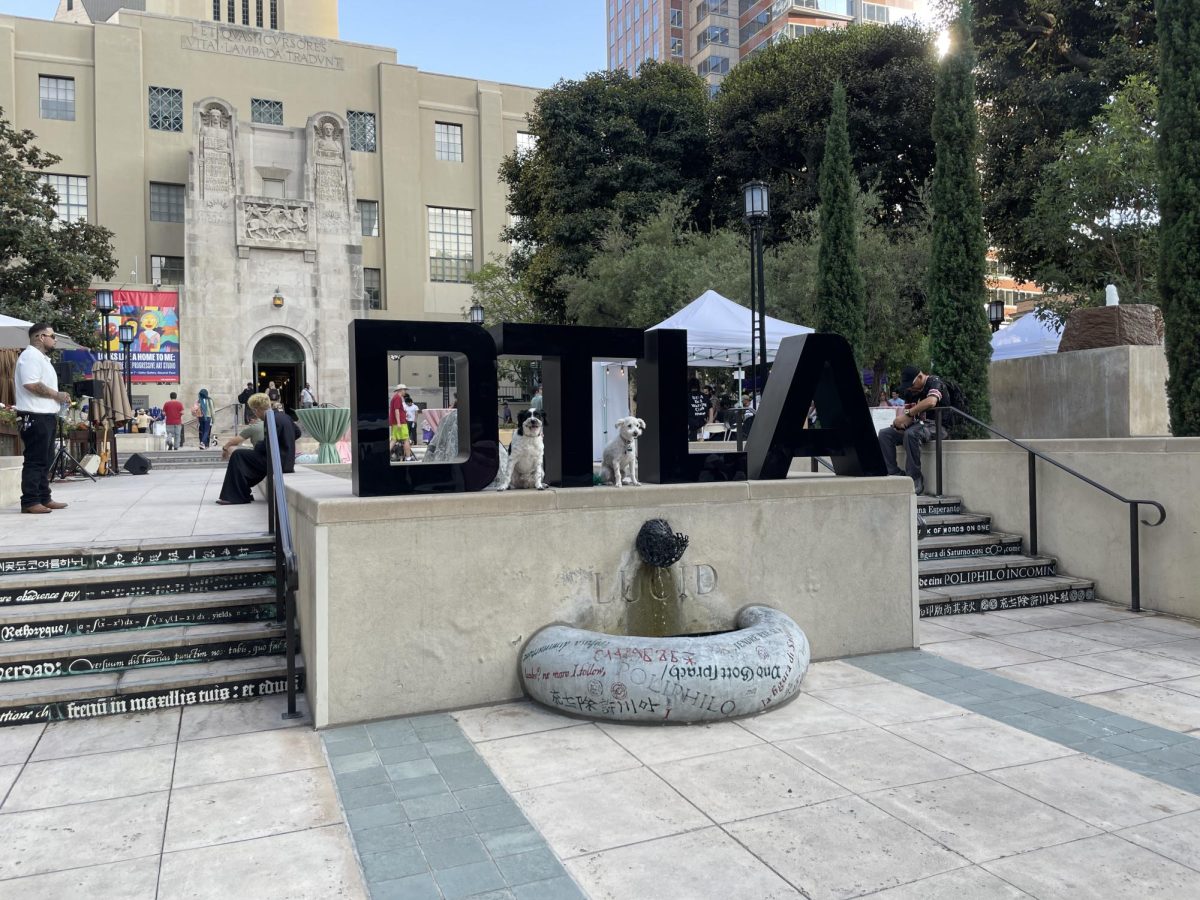
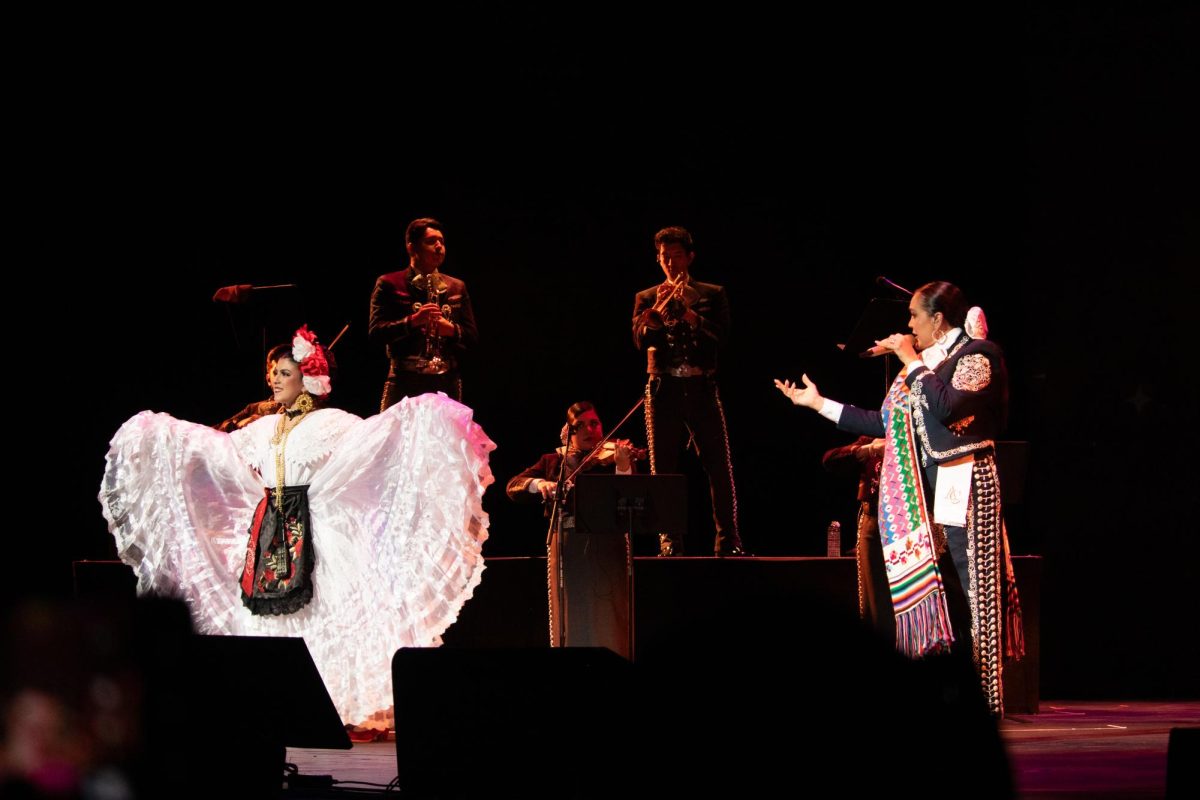
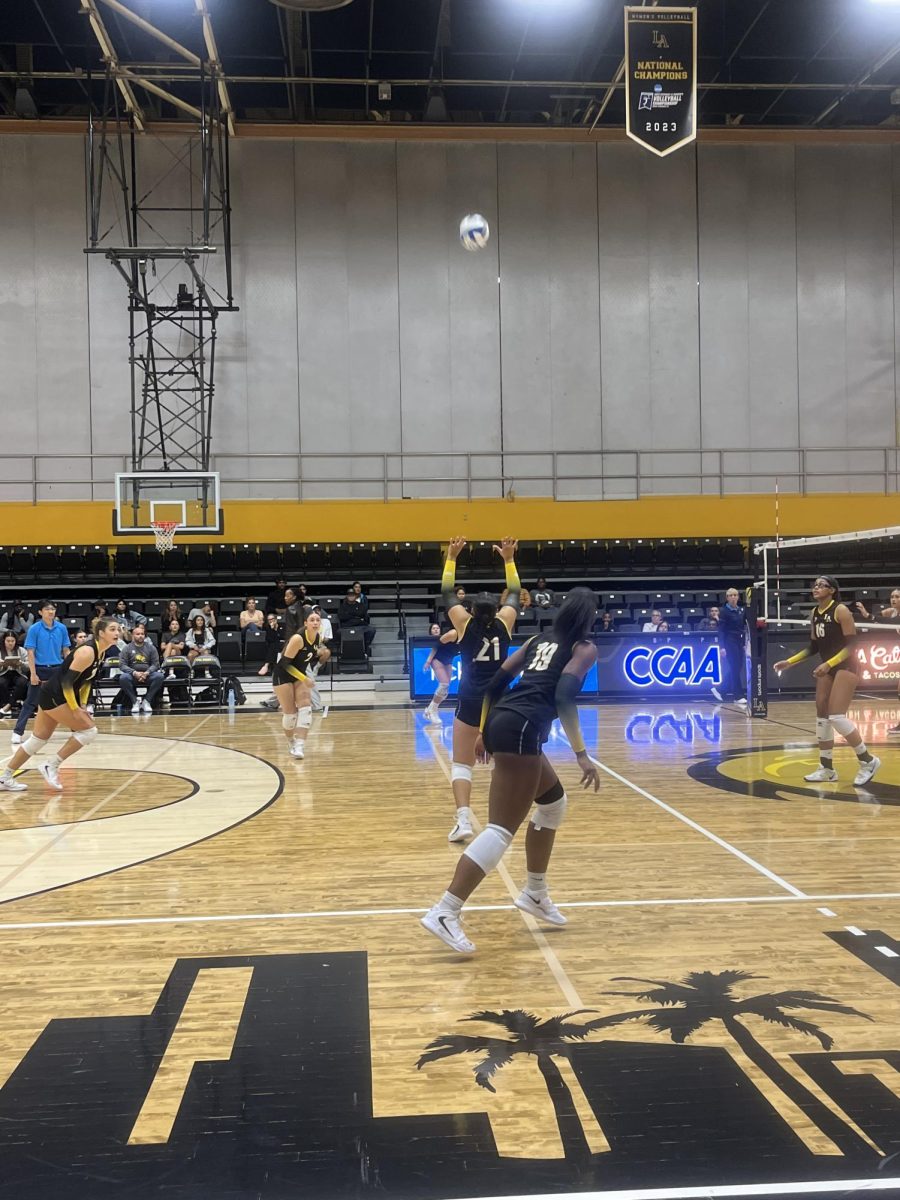
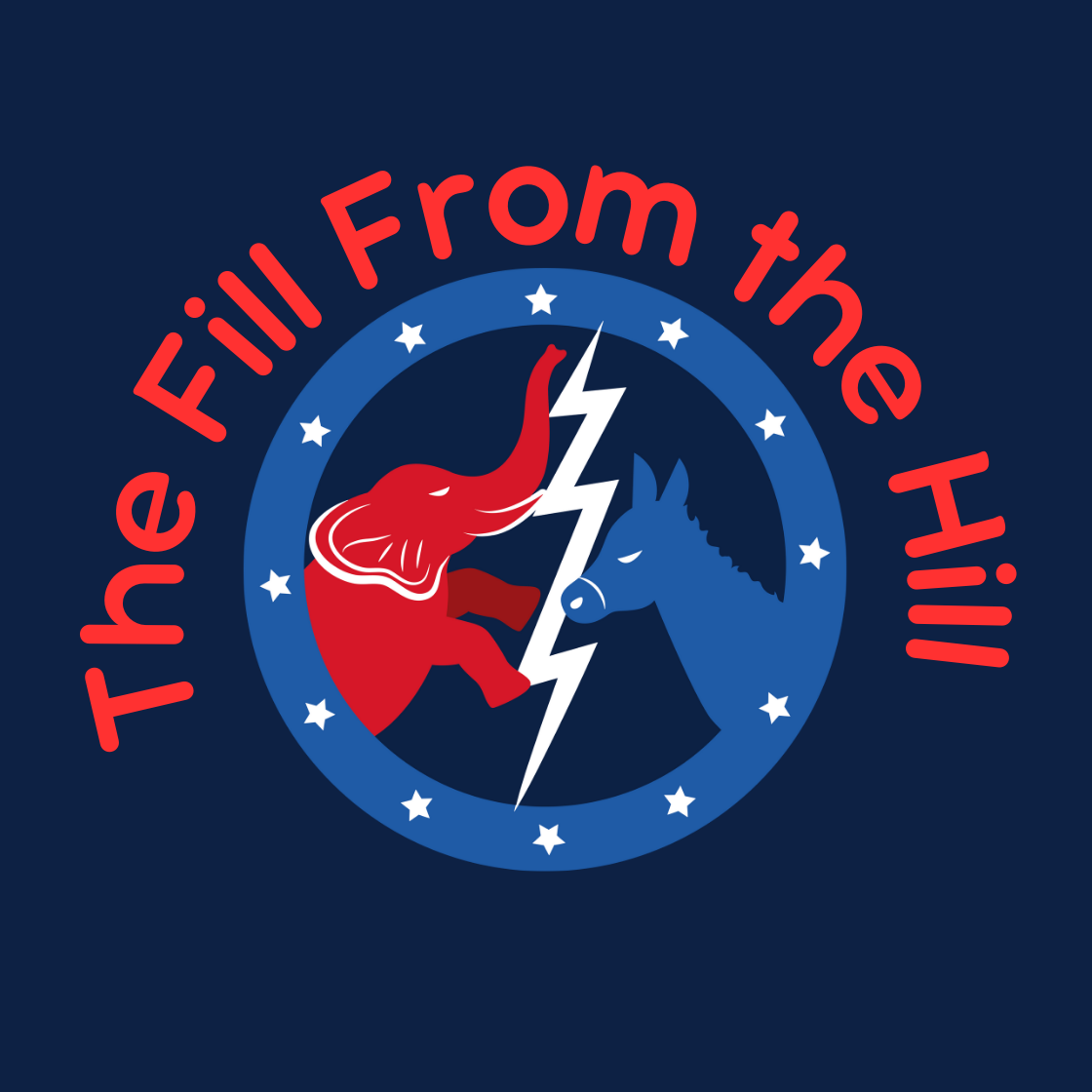
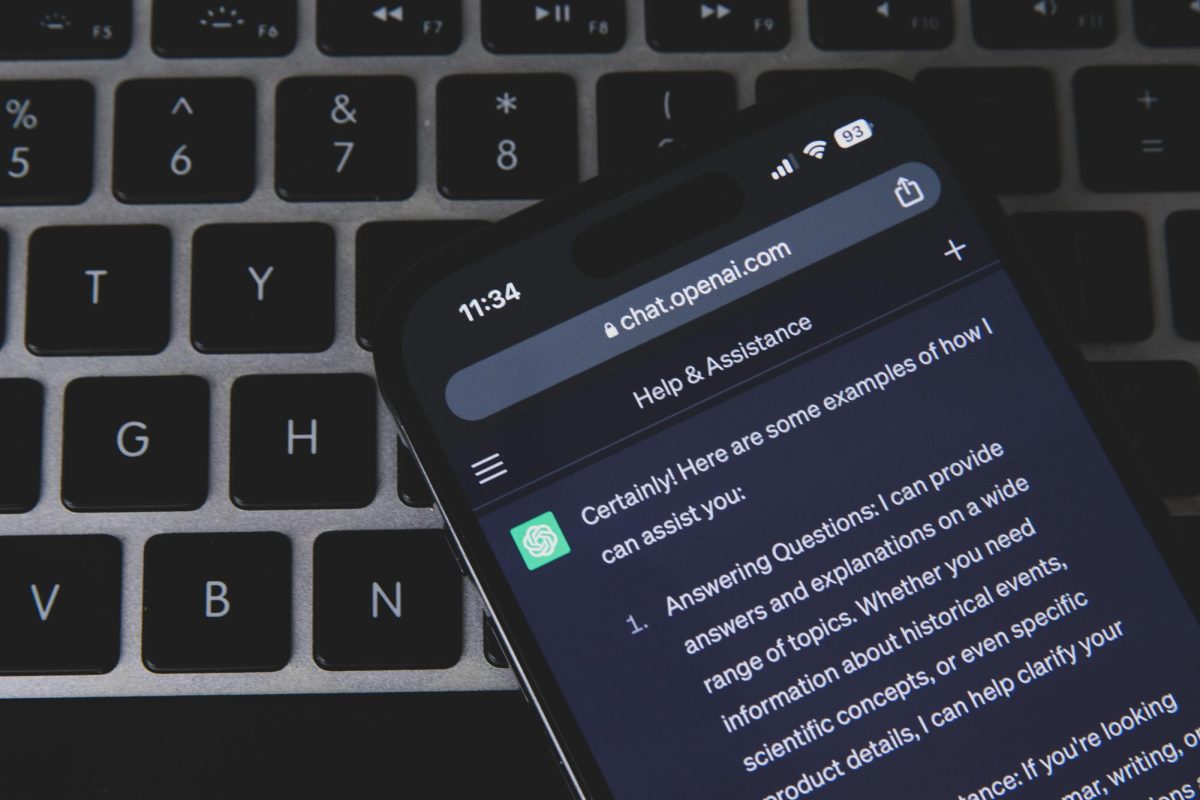
Maryellen • Feb 20, 2025 at 6:16 pm
You started as a child to be able to speak in different accents!! I mean of course you did but what a way to start!!